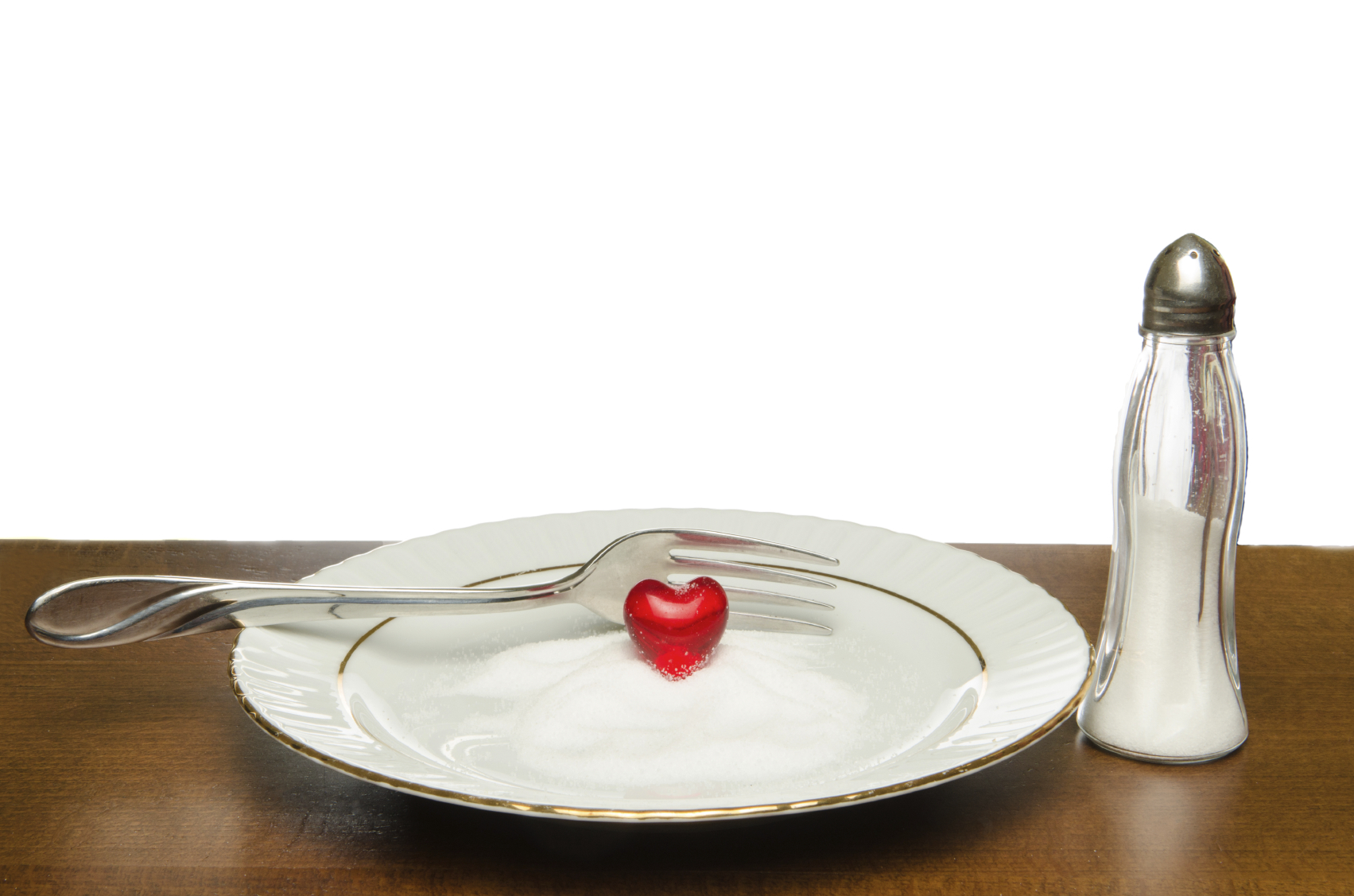
Learn to reduce sodium in your food.
Reducing sodium is often discussed, but infrequently acted upon. Estimates suggest that one in three Americans have high blood pressure. Reducing the amount of sodium we eat could help to reduce the number of Americans who have high blood pressure. Some of the biggest sodium culprits include lunchmeats, hot dogs and canned soups. Other foods that tend to be sodium-laden are unexpected items like frozen foods, boxed cereals, breads and rolls. To find out how to reduce your sodium intake, read on.
How to Successfully Reduce Sodium
The Department of Nutrition at Harvard School of Public Health (HSPH) and The Culinary Institute of America (CIA) partnered to come up with a guide called “Tasting Success with Cutting Salt” which is available here, as a free download. It offers 25 strategies for reducing sodium. It combines great ideas from experts in nutrition science and public health with culinary insights and realities to make your cooking healthier in small ways. The strategies include from simple ideas, like “cut your portion size” by skipping the “supersize” portions, to splitting meals while dining out as well as suggestions on how to make changes in food preparation.
Many of the suggestions involve flavoring food differently. One great suggestion is to retrain your taste buds. Studies show that most people cannot detect a 25-30% reduction in sodium. Knowing this, try mixing your regular high-sodium food with a reduced sodium version. For example, if you are cooking with a high-sodium chicken broth, begin to mix in a low sodium alternative, gradually increasing the proportion of the low-sodium version over time. You will retrain your taste buds to enjoy less salted foods.
Starting with good ingredients also influences the taste of our meals. Home grown vegetables and herbs, or grass-fed meat bought from a local farmer are a great way to begin using flavor before you have even turned on the stove. Meal planning that incorporates foods that are in season also give you the best taste from the very beginning of your cooking process.
Spices are a wonderful addition to any meal. Look for dried and fresh herbs, roots like garlic and ginger, vinegars, citrus and wine. It’s easy to find flavored vinegars and olive oils which add an additional zest to food. Lemon-infused olive oil is a great way to add a tart flavor to food, which helps to reduce the need for added salt.
Also, give yourself a one-week challenge to use recipes for prepared items you normally purchase at the store—items like salad dressings, sauces, marinades and condiments. You will be amazed to see how much sodium and sugar you can eliminate from your meals. Salt and sugar are major ingredients in most processed and quick go to items. Then select one or two items that you find are easy to prepare at home and make those instead of purchasing them. Small changes are much easier to maintain than sweeping ones.
Lastly, learn a lesson from the public relations experts: focus on what is added, not what is taken away. When you talk about your meals to family and friends, focus on positive expressions like “I added a touch of sea salt” or “I used lemon to enhance the flavor of the fish.” This helps to highlight the new flavors you have added, not the salt you are eliminating.






